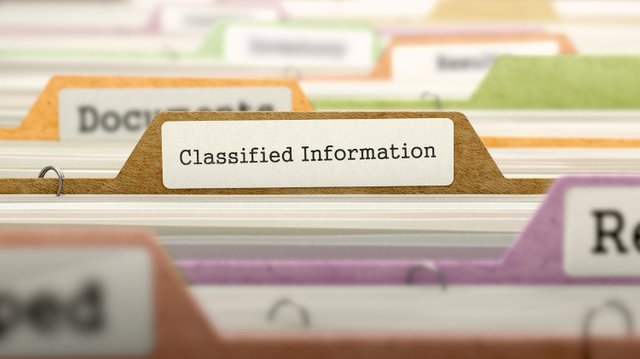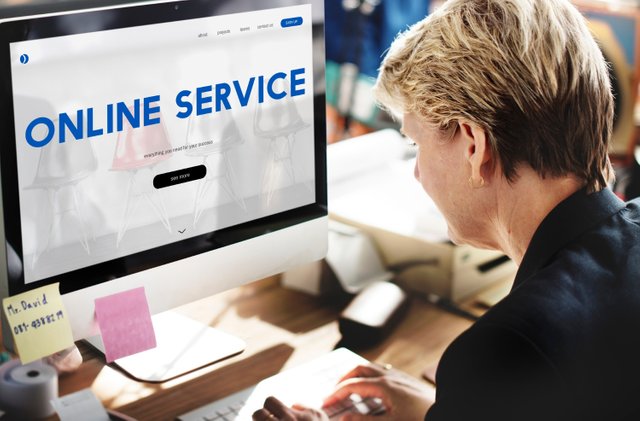How to Get Divorce Records in Santa Clara County Fast
Obtaining divorce records quickly in Santa Clara County can be a difficult task for many people. It's a common problem, causing frustration due to delays and complicated steps. By understanding the process, you can learn about marital statuses, legal decisions, and family history, which are important for different legal and personal reasons.
Key Takeaways
- Visit the Superior Court of California, County of Santa Clara to request divorce records in person.
- In-person requests expedite the process according to the California Family Law Handbook.
- Online and mail requests often take longer.
- Ensure you have necessary identification and case details for efficient retrieval.
Understanding the Types of Divorce Records Available

Understanding the types of divorce records available is important for legal, personal, and family history reasons. These records can include details such as divorce rulings, certificates, and registration information, each serving different needs. For individuals Going through life after divorce, these records are seen as Very important for confirming legal status and resolving disagreements. They also provide valuable insights into family changes, affecting both personal and historical views. Divorce rulings are detailed documents outlining court decisions, including asset divisions and child custody, showing fairness in ending marriages. Divorce certificates, on the other hand, are simple documents confirming the end's date, offering brief proof for various official needs. Some may even look into family histories or check family research through divorce registration lists, highlighting society's changing view of marriage. Lawyers heavily rely on these records to advise clients accurately and ensure following decisions, showing their role in maintaining fairness. Government agencies use divorce records for statistical analysis, influencing policy decisions and understanding trends regarding marriage. Access to these records empowers individuals, helping them make informed choices and Helping personal healing. Privacy laws often govern the availability of these records, balancing openness with the need to protect sensitive information. Exploring and understanding these various documents equips one with necessary knowledge to handle personal situations or historical research thoroughly.
Preparing Necessary Information and Documentation
Preparing necessary information and documentation involves gathering and organizing important data for a task or project. Start by identifying key needs.
- Create a list of papers needed for the task.
- Collect personal ID details or client information.
- Gather financial records or related budget papers.
- Include contracts, agreements, and legal documents.
- Collect communication records like emails and messages.
- Organize work schedules, timelines, and project plans.
- Compile previous reports or research papers for referencing.
- Ensure everything is accurate and update the papers regularly.
- Secure storage for private and important papers.
- Use cloud storage or file cabinets for organization.
- Label and sort each paper for easy access.
- Backup important files to prevent data loss.
- Check that each paper's information is correct.
- Review for consistency and fix any mistakes.
- Provide a summary or checklist for main details.
- Ensure papers meet legal and compliance rules.
- Assign responsibilities for creating or updating papers.
- Train team members on handling and accessing these files.
- Make sure all papers match project goals.
- Regularly review and update to reflect recent changes.
Finally, prepare a presentation or report for stakeholders. This thorough approach ensures readiness and boosts project efficiency and success.
Utilizing Online Resources for Quick Access
Using online resources for quick access means using digital tools and platforms to easily get information. It helps people and organizations find data, learning materials, news, and more quickly and easily. Online resources are seen as important tools, making it easier to get information from anywhere at any time. These include search engines, digital libraries, online courses, and databases, providing a wide range of knowledge. Rapid advances in technology have led to the growth of mobile apps, making it easy to get information instantly. The connection between new technology and online resource availability creates chances to work together across schools, businesses, and governments. Online learning platforms, for example, connect teachers and students all over the world, making education more available and promoting continuous learning. Companies use these resources to make their operations more efficient with cloud-based solutions and real-time data analysis, improving productivity and competitiveness. Open-access digital libraries and collections provide researchers with unique opportunities for study, encouraging new ideas and academic growth. Social media platforms help build communities and share information, keeping users informed and connected worldwide.
Requesting Records in Person at the Santa Clara County Clerk's Office
|
Steps |
Explanation |
|
Step 1: Find the Right Office |
Go to the Santa Clara County Clerk's office in person. |
|
Step 2: Prepare Necessary Documents |
Get all identification and documents needed for record request. |
|
Step 3: Visit During Business Hours |
Ensure you visit the office when it is open to the public. |
|
Step 4: Fill Out Request Form |
Complete the records request form with accurate information. |
|
Step 5: Speak with Clerk's Office Staff |
Request assistance or direction from the friendly office staff. |
|
Step 6: Submit Completed Form |
Turn in your filled-out form to the designated clerk's counter. |
|
Step 7: Pay Applicable Fees |
Pay any fees needed for obtaining your requested records. |
|
Step 8: Waiting for Processing |
Wait at the office while staff prepares your documentation. |
|
Step 9: Receive Your Records |
Collect the records once the office staff processes them. |
|
Step 10: Verify the Information |
Check the records to ensure they contain the right information. |
|
Step 11: Exit the Office |
Leave the office with your records safely stored and organized. |
Using Third-Party Services for Expedited Processing

Using outside companies for faster processing means hiring other companies to speed up tasks. These services help people and businesses get quicker results for things like passport renewals and visa applications. Opinions about these services vary; some people like saving time, but others worry about extra costs. Customers often focus on extra charges, while businesses value saving time and having less stress. It's clear these services reduce customer stress by quickly handling complicated steps. They use existing networks to skip normal bureaucratic delays, which appeals to busy people and companies. Legal aspects should be considered because many processes have rules. These services must follow official guidelines to ensure they're legitimate and trustworthy. new technology allows these services to offer easier online sites for smoother processing. By using apps and automated tools, they reduce mistakes and improve satisfaction. Their global reach increases their impact, offering solutions across countries with local expertise. Despite possible criticisms about costs, the speed and reliability they provide are in high demand in today's fast-paced world. Proper regulation and clear practices can ensure these services work fairly and efficiently. These unique solutions meet the growing need for faster transactions in the digital age.
To Conclude
People generally see getting divorce records as a difficult job filled with many complicated steps and long waits. Easy access to these records is important for legal, personal, and historical reasons, making sure the information is correct and clear. Tip: Use online websites or go to the Santa Clara County Clerk-Recorder's Office directly for the fastest results.
Trending Articles
Accessing your divorce records quickly is just one part of managing post-divorce logistics. Whether you're tying up legal loose ends or looking ahead emotionally, these resources can support your next steps.
- Need more help navigating the divorce process in Santa Clara? Find simplified legal guidance at Divorce Santa Clara County.
- Looking for a fresh perspective after your divorce? Explore the potential positives of starting over in this Psychology Today article.